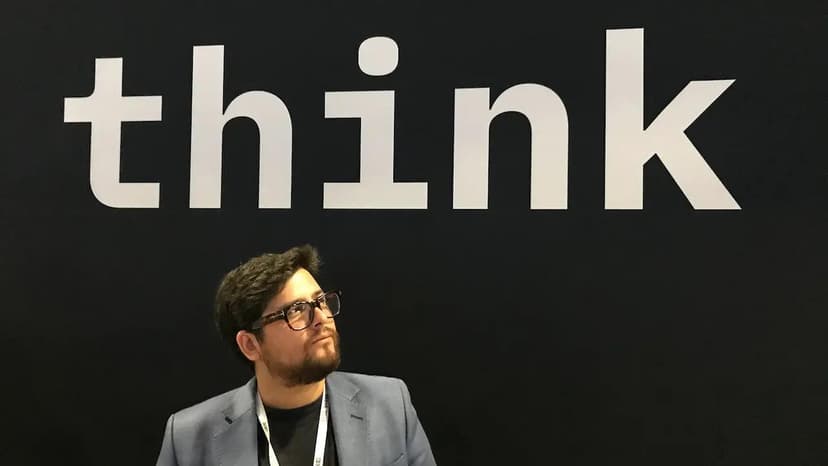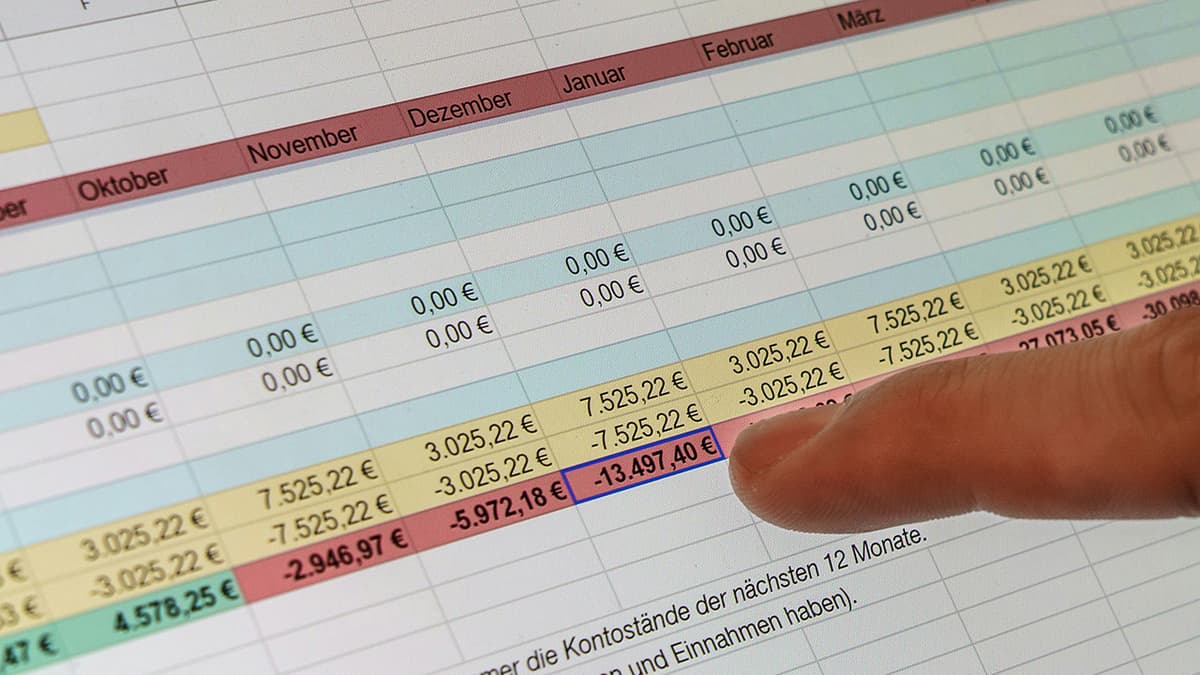What is Minimum Viable Product (MVP) in Agile?
The Minimum Viable Product (MVP) is a key concept in Agile software development. It focuses on delivering a product with essential features that provide value to customers. An MVP enables teams to gather insights and feedback from early users, allowing them to improve the product based on actual usage.
What is an MVP?
An MVP is the simplest version of a product that can be launched. It contains only the necessary features to address the primary needs of the target users. The main goal of an MVP is to test assumptions, validate ideas, and collect feedback to guide further product development.
Eric Ries, the author of "The Lean Startup," describes an MVP as "that version of a new product which allows a team to collect the maximum amount of validated learning about customers with the least effort." By releasing an MVP, teams can learn how customers interact with the product and make informed decisions for its development.
Developing an MVP
Creating an MVP in Agile involves a clear and iterative process. Here are the general steps:
-
Identify the Problem: Clearly define the problem or need that the product will address.
-
Define Core Features: Determine the essential features needed to solve the identified problem. Prioritize these core features based on their importance and user impact.
-
Release to Early Users: Launch the MVP to a select group of early users, known as alpha or beta testers. Their feedback is crucial for evaluating the product’s performance and areas for improvement.
-
Continuous Iteration and Improvement: Use the feedback to refine the product. Add new features, improve existing ones, and resolve any issues. This ongoing process enhances the product according to real user needs.
Importance of MVP in Agile
Adopting an MVP approach in Agile development offers several advantages:
-
Reduced Risk: Developing an MVP allows teams to test assumptions and validate market demand before committing significant resources. This minimizes the risk of creating a product that may not satisfy customer needs.
-
Early User Feedback: Gathering feedback from early users helps teams make informed decisions. This user-driven approach builds a product that meets customer expectations.
-
Faster Time to Market: Focusing on essential features allows for quicker development and release. This enables teams to gather user feedback sooner and iterate rapidly, enhancing competitiveness.
-
Cost Efficiency: Building a full-feature product can be costly and time-consuming. An MVP approach focuses on core features and user feedback, optimizing development costs and resource investment.












